His Stunning Fluorescent Cap Perfectly Compliments His Equally Stunning Dance Moves!
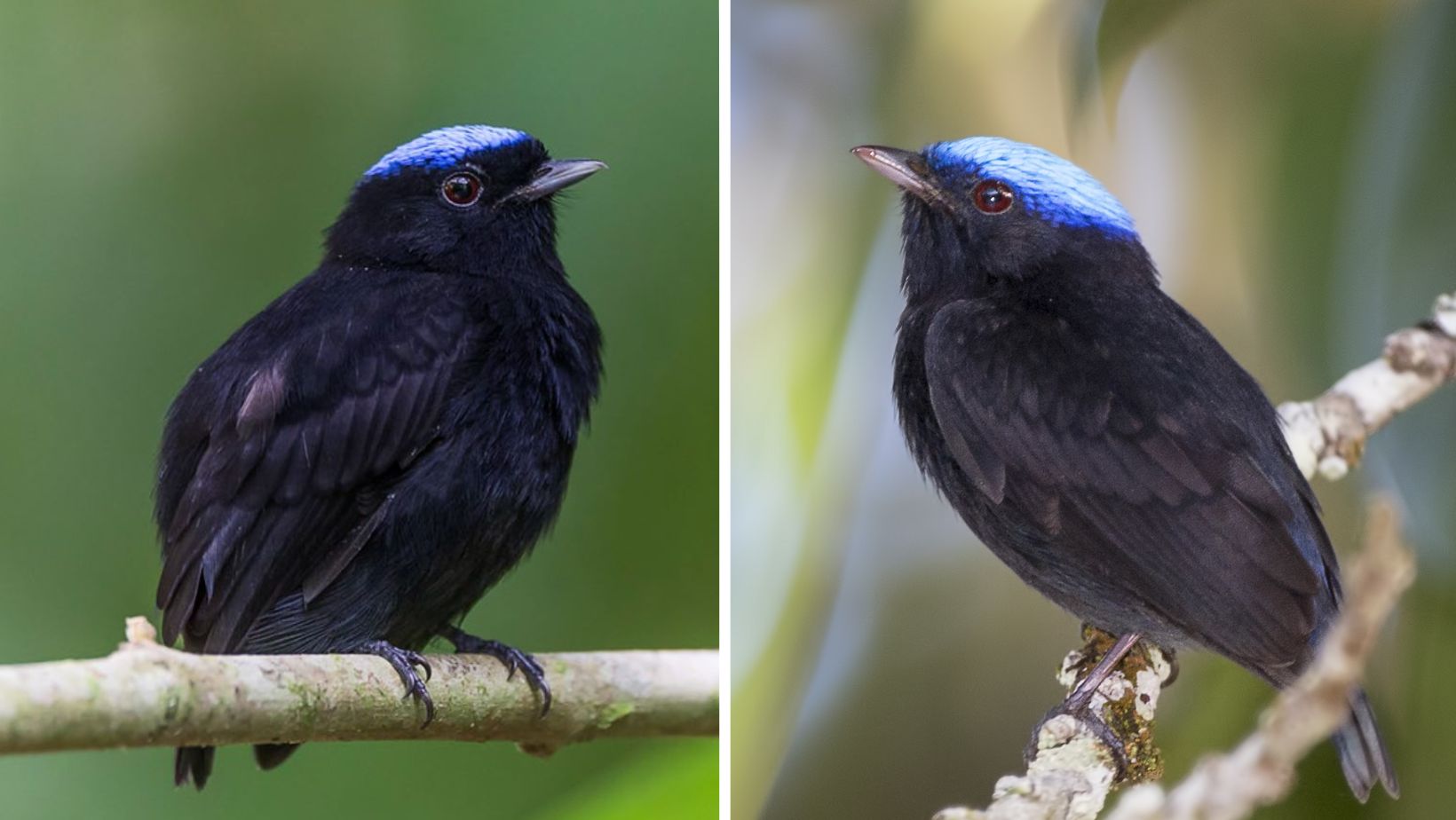
A stout, diminutive bird inhabiting the understory of lowland forests throughout a significant portion of South America, particularly east of the Andes.
The blue-capped manakin:
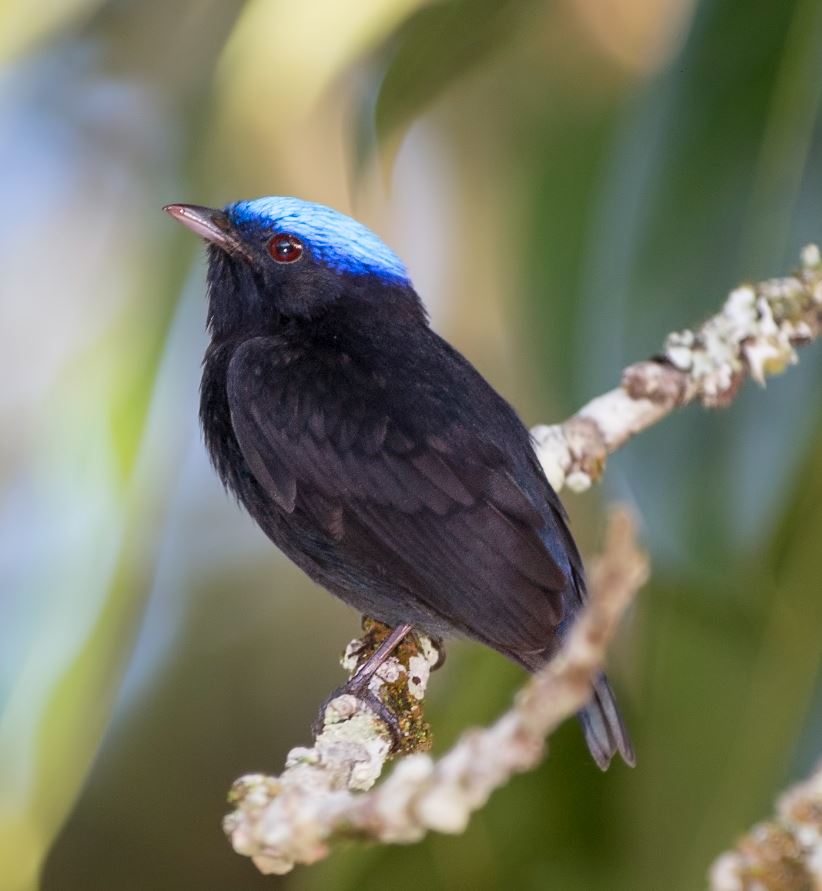
Description: The blue-capped manakin (Lepidothrix coronata) is a bird species belonging to the family Pipridae. They exhibit sexual dimorphism in weight and wing chord length. Females typically weigh 9.8 g on average, while males weigh around 8.5 g. Males boast a wing chord length averaging 60.45 mm, whereas females’ average is 58.76 mm. Males display a sooty black appearance with a striking blue crown.
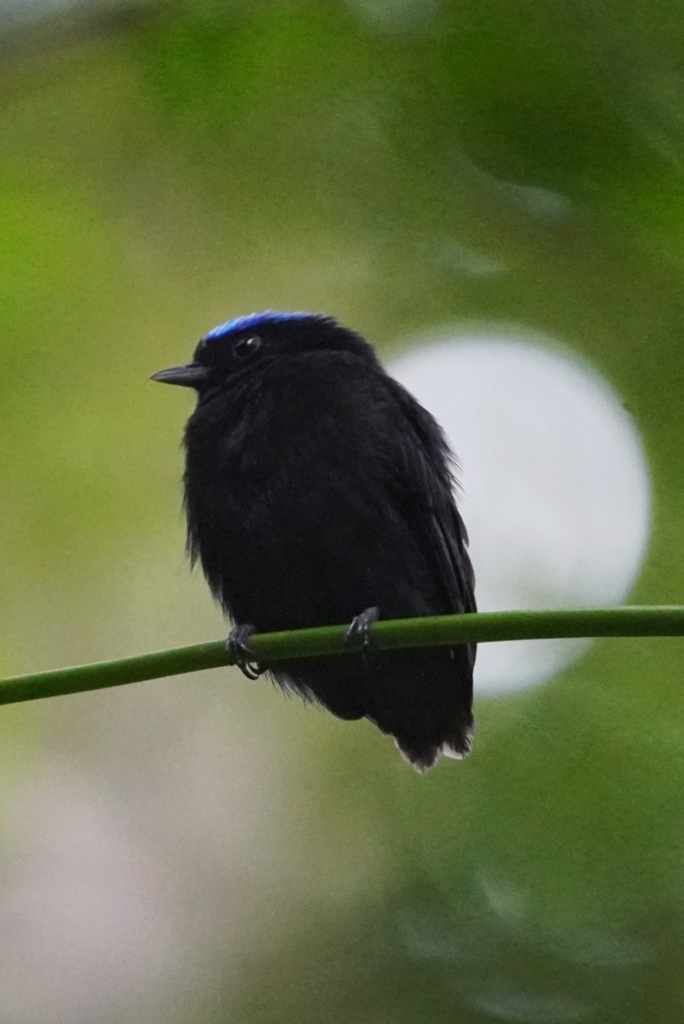
Females are predominantly green.
Related reading:
– A Rose Colored Blush Pops From A Bib Placed Below The Throat On A Bird Wearing A Prominent Busy Crest!
Juveniles resemble females but with duller coloring. Molting occurs within months of leaving the nest, with males attaining full male plumage after the third year.
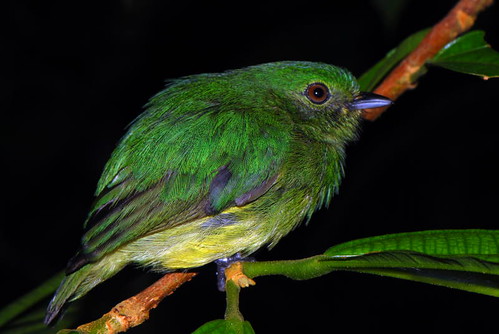
Distribution: This species inhabits regions of Bolivia, Brazil, Colombia, Ecuador, Peru, and Venezuela.
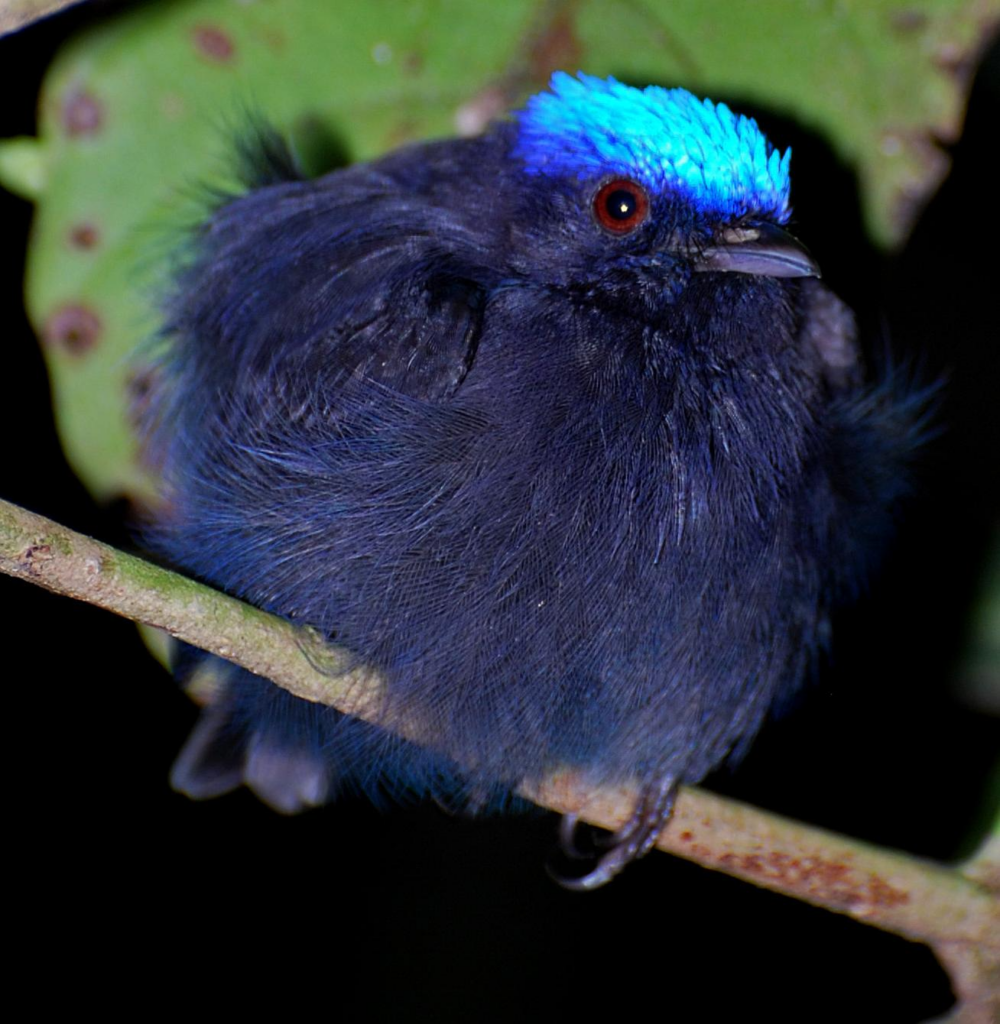
Habitat: They favor subtropical or tropical moist lowland forests as well as heavily degraded former forest areas.
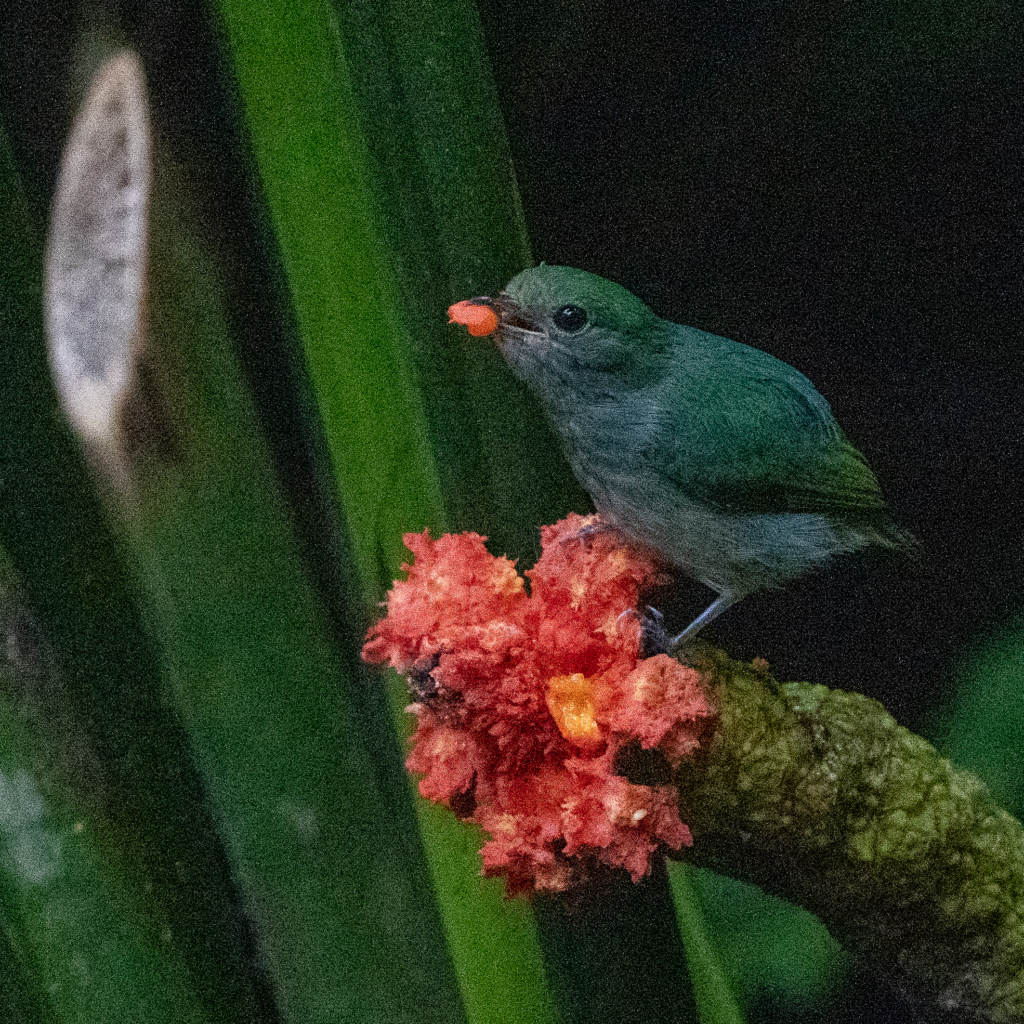
Food and Feeding: They are frugivores, feeding on various fruits and arthropods. When foraging in mixed flocks, they tend to flock with specific bird species, exhibiting non-aggressive behavior towards other flock members.
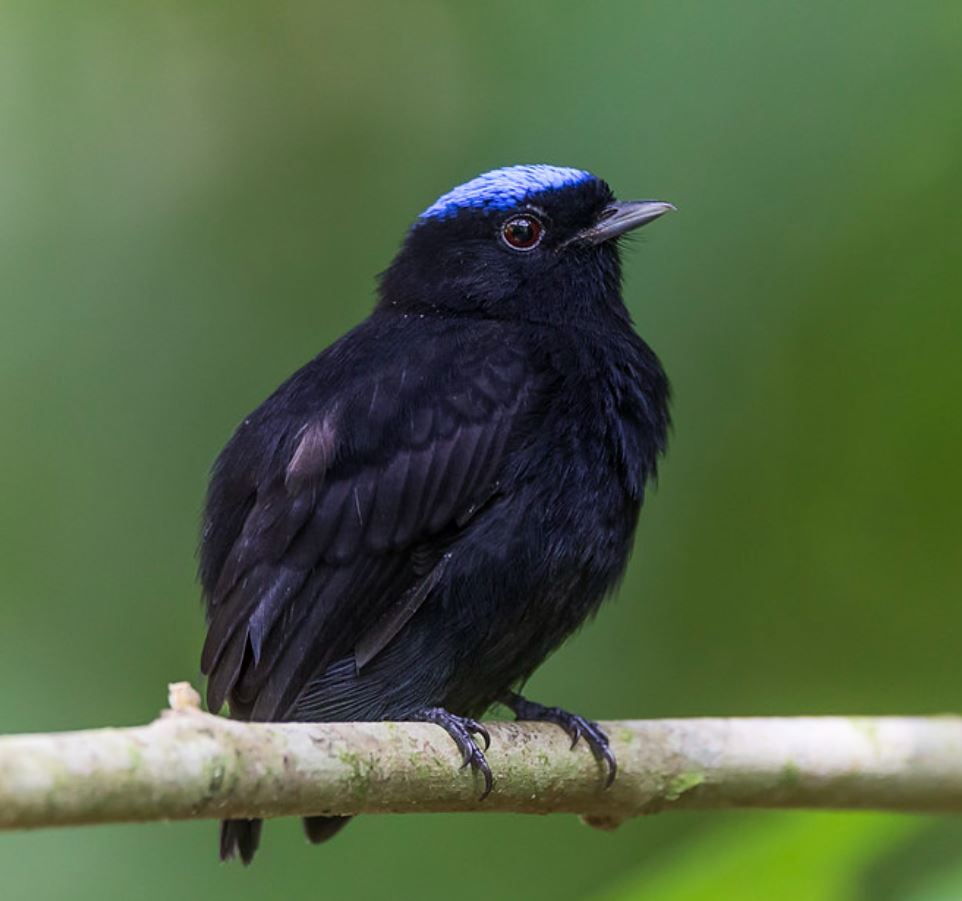
Breeding: During the breeding season, which typically spans from late November to early April, male blue-capped manakins engage in solitary displays or form leks consisting of up to seven males. Both adult and juvenile males establish territories, although juveniles struggle to maintain their own. These territories vary in size, ranging from 206 to 5045 m². The males defend their territories and attract mates through elaborate song displays, performed on horizontal or slightly angled twigs serving as song perches. Singing occurs between 6 am and 5 pm.
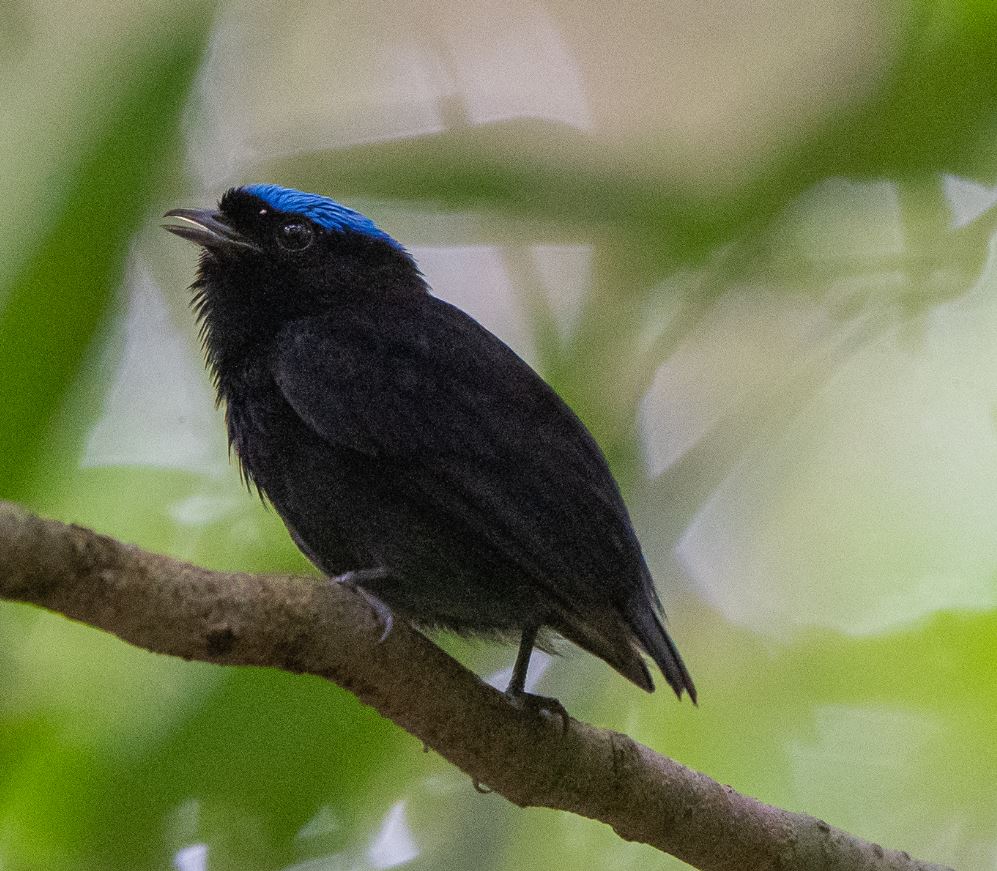
Their display courts, measuring 3–5 m in diameter, are situated close to the ground in the open understory. Although they may utilize up to two courts simultaneously, the locations of these courts can change annually. The courtship displays involve a total of 11 behaviors, including six aerial maneuvers.
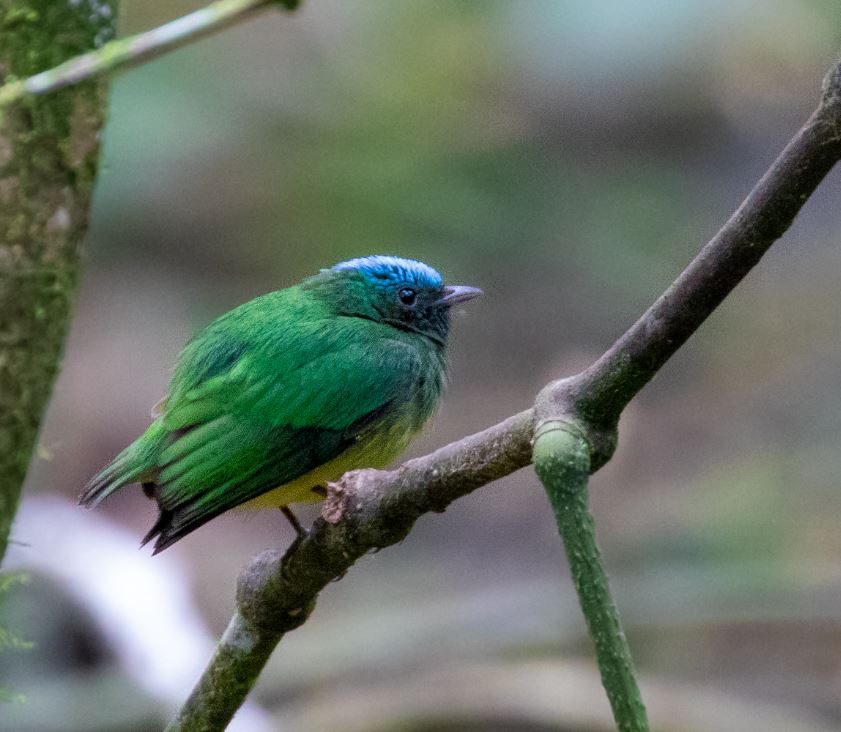
Blue-capped manakins construct simple, open-cup nests using dry palm, leaves, and bark externally. The internal lining of the nest is typically pale brown, although it can also be whitish or yellow. Spider webs are used to secure the nests to trees. Nesting sites are chosen in small shrubs and treelets less than 1 meter tall, usually placed on horizontal forks.
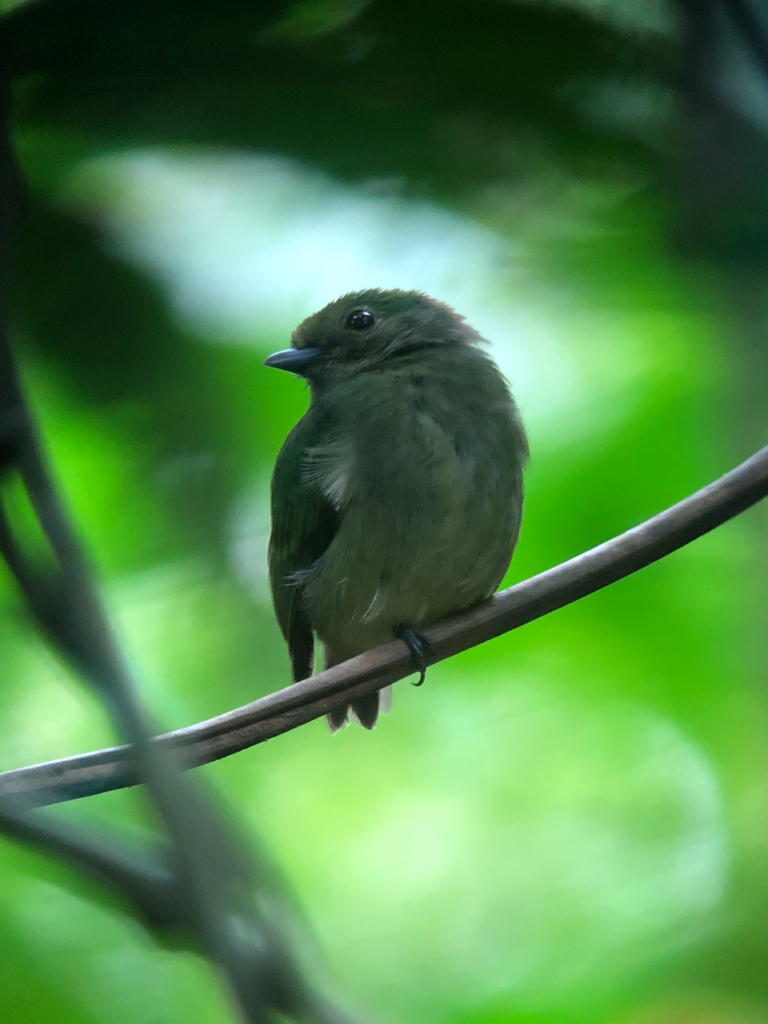
Females are solely responsible for nest building and offspring care. They lay two eggs per clutch, with nests experiencing high predation rates. To mitigate this risk, blue-capped manakins select nesting sites away from wire-tailed manakins, reducing the concentration of nesting birds in a single area and thus lowering the chances of predation.
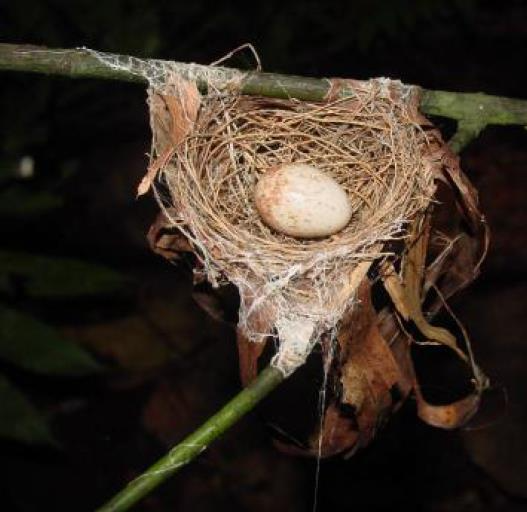
Vocalizations: Their contact call is a “swee” sound used by birds of all ages and sexes. Territorial males employ an advertisement call sounding like “chi-wrr,” composed of distinct pitch variations. Preew calls are made during interactions, while display calls consist of both flat notes and harmonics.

Status: Considered of least concern due to its extensive range, though its population trend is decreasing.

Watch this birds fantastic dance moves next:
This article uses material from Wikipedia.org which is licensed under the GNU Free Documentation License via Copyright Wikipedia. Images on this page are the sole property of the photographers (unless marked as Public Domain). Please read the license and or contact the photographers directly before using them for any purpose. Thank you all.
A Prominent Black Mask Is Starkly Juxtaposed By Vibrant Yellow And Pristine White Eyeliner!
Please SHARE this article with all your bird-loving friends and family.






